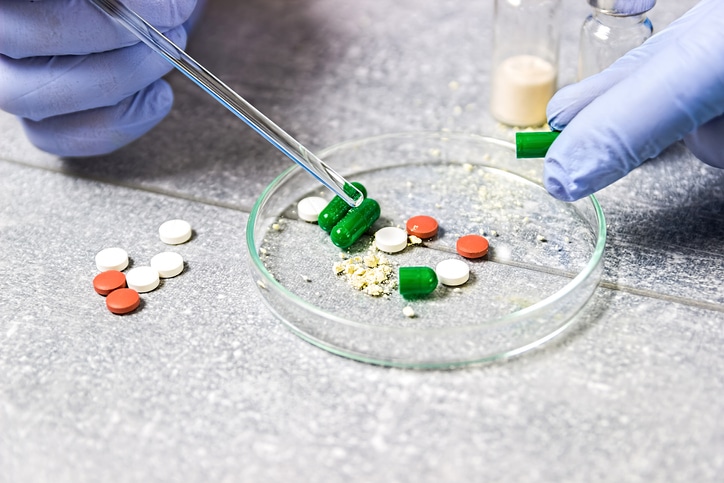
If you are a detail-oriented person who wants to provide quality care and great customer service to your community, a pharmacy assistant diploma can equip you with the learning experiences and career opportunities to do so.
When you complete your pharmacy assistant diploma program, you could go on to be employed in a variety of different capacities, including as a pharmacy assistant, dispensary assistant, pharmacist assistant, and pharmacy technical assistant. Regardless of your career choice, a pharmacy assistant program graduate should know about asepsis.
Asepsis is the state of being free of pathogenic organisms. A similar and more common term that can be used to understand asepsis is sterile. Creating aseptic conditions is something that all healthcare professionals need to be concerned with, including pharmacy assistants, in order to produce environments that are free of bacteria and viruses.
If Asepsis Is Not Conducted Properly, Lives Can Be Put at Risk
When aseptic procedures are not completed properly, it creates serious risks of contamination which can have a negative and even life-threatening effect on peoples’ health. For example, in 2012, a meningitis outbreak affected over 800 people across the United States. An investigation traced the origin of the epidemic to a compounding pharmacy in Massachusetts. It revealed that failures in correct aseptic procedure were the cause of the outbreak. That case is a reminder of the importance of asepsis for anyone considering a career as a pharmacy assistant. Since many of the people who rely on pharmaceutical medications may already suffer from ill health or a weakened immune system, it is especially imperative that you work towards reducing the risk of contamination.

Use What You’ll Learn About Asepsis in Pharmacy Assistant School in Your Career
The main objective of aseptic technique in pharmacies is to eliminate a pharmaceutical compound’s exposure to bacteria. One of the main strategies used to achieve this is to create barriers between the compound and the environment. These barriers create a physical separation and prevent contamination, including from employees. Such barriers can consist of things like sterile gloves, gowns, drapes, and masks.
Another thing that a pharmacy assistant course teaches students is to ensure proper equipment preparation and handling. Doing this requires regular verification and sterilization. In the pharmaceutical manufacturing industry, it is better to verify and to verify again than to takes risks. One contaminated component can compromise an entire line of medication. Regularly washing your hands before and after handling cell culture material is essential, even if you are wearing gloves.
In your courses you’ll also learn aseptic techniques as they relate to syringe/needle use, preparation, compounding, ampoules, vials, and chemotherapy. In addition to these techniques, training will also teach you how to conduct sterility testing, validation, and how to examine for contamination control. You’ll also learn about preparing IV admixtures and about personnel responsibilities in regard to asepsis. Taken together, this knowledge about asepsis will help ensure that you can keep your work environment as free from contamination as possible, so that employee, patients, and customers are better protected.

Do you want to complete your pharmacy assistant diploma in Ontario?
Contact Medix College today to learn about our programs!




